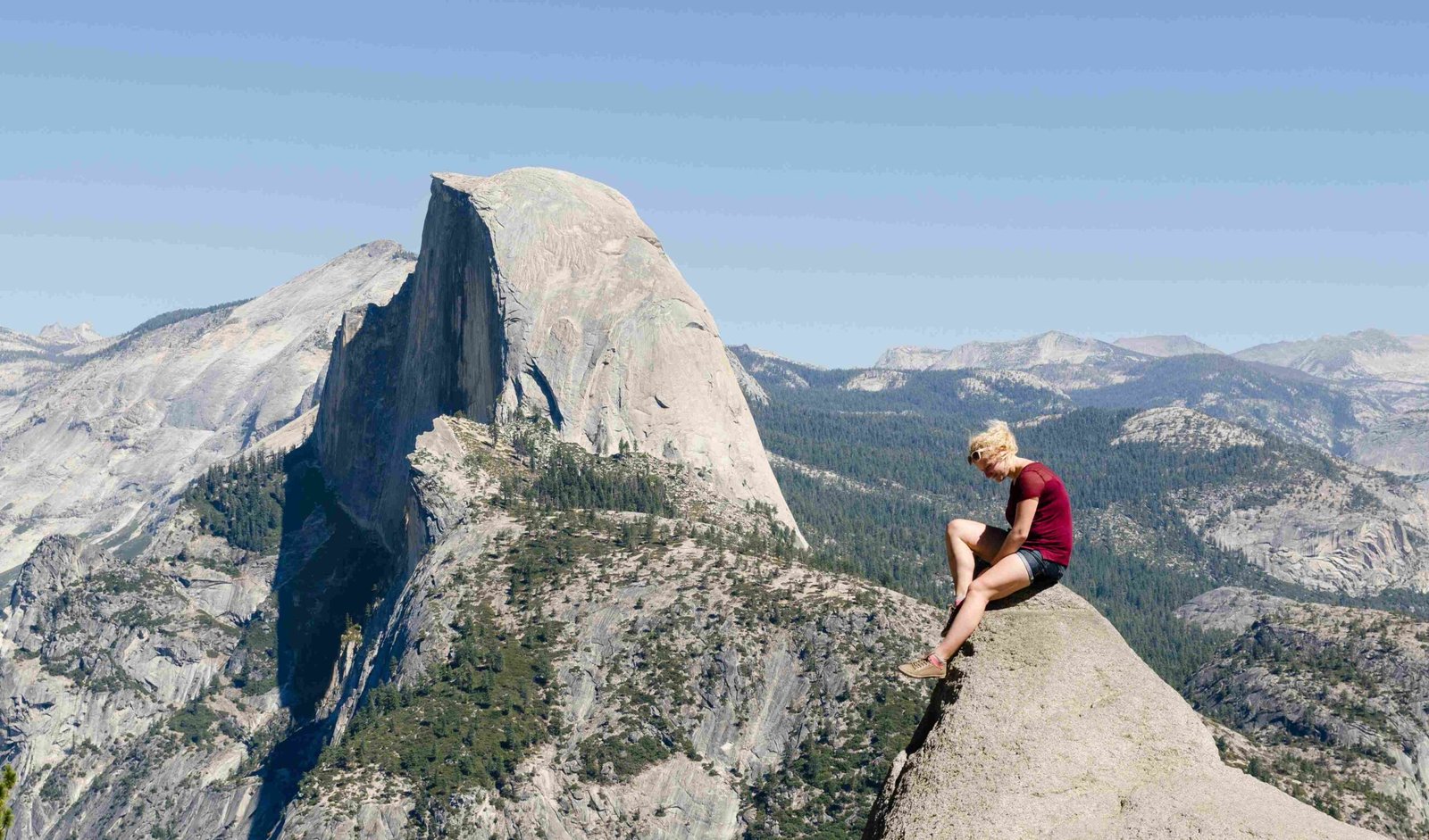Grizzly bears chasing hikers in Glacier National Park have become a growing concern for outdoor enthusiasts. Recent incidents on popular trails like Hidden Lake and Siyeh Pass have highlighted the importance of bear safety awareness. This comprehensive guide explores documented encounters, provides essential safety tips, and offers insights into grizzly behavior to help hikers stay safe while enjoying the park’s breathtaking wilderness.
What Recent Incidents Have Occurred Involving Grizzlies Chasing Hikers?

Several documented incidents of grizzly bears chasing hikers in Glacier National Park have occurred in recent years:
- Hidden Lake Trail (July 2024): Hikers were chased by a grizzly bear, forcing them to run for safety.
- Hidden Lake Overlook Trail (October 2024): A solo hiker encountered a group of 15 hikers sprinting towards him, fleeing from a grizzly bear that later turned its attention to mountain goats.
- Siyeh Pass Trail (September 2023): A hiker had an unexpected encounter with a mother grizzly and her two cubs, though no chase occurred.
- Unspecified Trail (July 2024): A woman had a close encounter with a grizzly bear that followed her but did not attack.
These incidents primarily occurred during the summer and early fall months, which are peak hiking seasons and times of increased bear activity.
What Are the Common Bear Behavior Patterns Observed?

Understanding grizzly bear behavior is crucial for hiker safety. Common patterns observed in Glacier National Park include:
- Surprise Encounters: Many incidents occur when bears are unexpectedly startled by hikers.
- Following Behavior: Some bears have been known to follow hikers along trails.
- Chasing: In more aggressive encounters, bears may chase hikers, especially if they feel threatened or are protecting cubs.
- Protective Behavior: Mother bears with cubs are particularly defensive and may become aggressive if they perceive a threat to their young.
How Can Hikers Stay Safe During Grizzly Encounters?
To minimize the risk of dangerous encounters with grizzly bears, hikers should follow these safety tips:
- Carry and Know How to Use Bear Spray
- Always carry EPA-approved bear spray
- Keep it easily accessible
- Remove the safety latch if a bear encounter seems likely
-
Only deploy when necessary and within range
-
Hike in Groups
- Larger groups are less likely to surprise bears
-
Group hiking reduces the risk of attacks
-
Make Noise While Hiking
- Talk in a low, steady voice
- Use bear bells or other noise-making devices
-
Avoid sudden loud noises that might startle bears
-
Stay Alert and Maintain Distance
- Watch for signs of bear activity (tracks, dug-up roots, etc.)
- If you see a bear, maintain a safe distance
-
Back away slowly without turning your back on the bear
-
Avoid Running or Screaming
- Running may trigger a chase response
-
Speak calmly and back away slowly if encountered
-
Be Extra Cautious with Cubs
- Never approach or interact with bear cubs
- Be aware that mother bears are extremely protective
What Are the Current Wildlife Warnings in Glacier National Park?
Glacier National Park regularly issues wildlife warnings and advisories related to grizzly bear activity. Current information includes:
- High Activity Areas: Trails such as Hidden Lake and Siyeh Pass have reported increased bear sightings.
- Seasonal Warnings: Advisories are more frequent during peak hiking seasons (summer and early fall).
- Trail Cautions: While no trails are strictly off-limits, hikers are advised to exercise extra caution on narrow and less-traveled paths where surprise encounters are more likely.
How Can Hikers Recognize Signs of Aggressive Bear Behavior?
Recognizing signs of aggression in grizzly bears is crucial for hiker safety. Look out for:
- Clapping of jaws
- Front paw swatting
- Laid-back ears
- Swaying of the head
- Snorting or huffing sounds
- Bluff charges
If you observe these behaviors, it’s essential to remain calm and follow bear safety protocols.
What Should Hikers Do If Chased by a Grizzly?
In the unlikely event of being chased by a grizzly bear, follow these steps:
- Do Not Run: Running may trigger the bear’s predatory instincts.
- Use Bear Spray: If the bear comes within range, use your bear spray as directed.
- Play Dead if Contact is Imminent: If the bear makes contact, play dead by lying face down with your hands clasped behind your neck.
- Fight Back if the Attack Persists: In the rare case of a prolonged attack, fight back with everything you have, targeting the bear’s face and muzzle.
How Can Hikers Prepare for Potential Grizzly Encounters?
Proper preparation is key to safe hiking in grizzly country. Consider the following:
- Education: Attend bear safety workshops offered by the park service.
- Gear: Carry bear spray, a first aid kit, and communication devices.
- Plan Ahead: Research trail conditions and recent bear activity before your hike.
- Food Storage: Use bear-resistant food containers and proper food storage techniques.
- Stay Informed: Check with park rangers for the latest wildlife updates before setting out.
What Are the Best Practices for Hiking in Grizzly Territory?
To minimize the risk of dangerous encounters with grizzly bears, follow these best practices:
- Hike During Daylight Hours: Bears are more active at dawn, dusk, and night.
- Stay on Marked Trails: This reduces the chance of surprising a bear in dense vegetation.
- Avoid Animal Carcasses: These can attract bears and trigger defensive behavior.
- Keep Children Close: Supervise children at all times and teach them about bear safety.
- Be Aware of Your Surroundings: Constantly scan the area for signs of bear activity.
By following these guidelines and staying informed about grizzly bear behavior, hikers can significantly reduce the risk of dangerous encounters in Glacier National Park. Remember, respect for wildlife and proper preparation are key to a safe and enjoyable hiking experience in bear country.